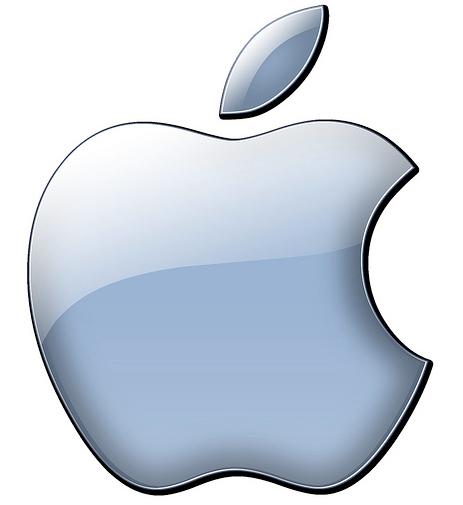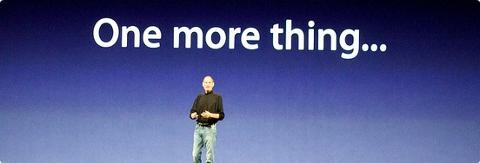
Do you inundate your colleagues with facts and statistics when expressing a point of view? Or do you use gut feelings and hunches to justify your solutions to technical problems? Whatever your personal style of communication, you stand a much better chance of getting your point across if you consider your teammate’s preferred style of interacting. “It’s not that the other’s person’s style is wrong, it’s just different,” explained Bill Gallagher, a communications trainer and mediator. “Understanding your style and theirs can help you relate to people with different personalities, temperaments, cultural backgrounds and ways of expressing their ideas.” At the crux of the matter is whether someone uses emotions or intellect as a primary communications driver. Here are some ways to recognize a teammate’s preferred style and tailor your approach to communicate more effectively.
Data-Driven Styles
Since tech pros need to think in a logical, precise, rigorous way to create and implement software and infrastructure, developers and programmers tend to be rational thinkers (as are software engineers, who are also sticklers for order, discipline and consistency). “They are bright, even brilliant, methodical and driven to find a solution but they are often quiet and intense,” Gallagher said. “They dislike conflict. In fact, they will shut down if you approach them in an overly emotional way or try to brow beat them.” To convince a rational thinker, your argument has to make sense. Remember, they rely on linear thinking and rigorous strategies and facts to solve problems. And less is more when it comes to communications. Give them a short, clear list of data points to consider, before allowing them time to mull things over. Choose your words carefully, since rational thinkers consider the strict meaning of words; they will recall the precise details of your conversation days later. Avoid ambiguity and stay on point. If your rational colleague asks a question, give him or her a clear-cut answer. Rational thinkers also find it difficult to resolve conflicts on their own. “Unless they structure a plan for managing these types of situations, a project manager may need to mediate disagreements or differences of opinion between two professionals with data-driven styles,” Gallagher said.
Emotion-Driven Styles
Professionals who are driven by emotions and feelings like to problem-solve in intuitive ways. They tend to be outgoing, playful and enthusiastic. They will pick up on the vibe in the room during meetings and are usually adept collaborators and orators. Because they need to understand human interactions, UX designers, web designers, front-end developers and mobile app developers are frequently emotion-driven thinkers. To communicate effectively with an emotion-driven colleague, focus on the “big picture” and engage them in open discussions. Use stories and examples instead of data and facts to make your case, especially if you’re a rational thinker. Remember, a creative colleague will often react to the spirit of your message rather than the words. With creative colleagues, translate quantitative data into concepts and ideas, advised Steve Ritter, an expert in team dynamics and CEO of Team Clock Institute. For example, if you’re explaining the technical limitations of a design to a UX designer, focus on the user experience rather than any coding challenges. “Interpreting data in ways that produce intangible conclusions builds trust with emotion-driven colleagues by demonstrating respect for their style,” Ritter said.
What’s Your Communication Style?
Understanding your style and your teammates can improve your ability to communicate and build stronger relationships. Taking an assessment can help you get the conversation started:
And remember that effective communications is a learning process; with some colleagues, it may take some time to build an effective rapport.
 Do you inundate your colleagues with facts and statistics when expressing a point of view? Or do you use gut feelings and hunches to justify your solutions to technical problems? Whatever your personal style of communication, you stand a much better chance of getting your point across if you consider your teammate’s preferred style of interacting. “It’s not that the other’s person’s style is wrong, it’s just different,” explained Bill Gallagher, a communications trainer and mediator. “Understanding your style and theirs can help you relate to people with different personalities, temperaments, cultural backgrounds and ways of expressing their ideas.” At the crux of the matter is whether someone uses emotions or intellect as a primary communications driver. Here are some ways to recognize a teammate’s preferred style and tailor your approach to communicate more effectively.
Do you inundate your colleagues with facts and statistics when expressing a point of view? Or do you use gut feelings and hunches to justify your solutions to technical problems? Whatever your personal style of communication, you stand a much better chance of getting your point across if you consider your teammate’s preferred style of interacting. “It’s not that the other’s person’s style is wrong, it’s just different,” explained Bill Gallagher, a communications trainer and mediator. “Understanding your style and theirs can help you relate to people with different personalities, temperaments, cultural backgrounds and ways of expressing their ideas.” At the crux of the matter is whether someone uses emotions or intellect as a primary communications driver. Here are some ways to recognize a teammate’s preferred style and tailor your approach to communicate more effectively.
 Do you inundate your colleagues with facts and statistics when expressing a point of view? Or do you use gut feelings and hunches to justify your solutions to technical problems? Whatever your personal style of communication, you stand a much better chance of getting your point across if you consider your teammate’s preferred style of interacting. “It’s not that the other’s person’s style is wrong, it’s just different,” explained Bill Gallagher, a communications trainer and mediator. “Understanding your style and theirs can help you relate to people with different personalities, temperaments, cultural backgrounds and ways of expressing their ideas.” At the crux of the matter is whether someone uses emotions or intellect as a primary communications driver. Here are some ways to recognize a teammate’s preferred style and tailor your approach to communicate more effectively.
Do you inundate your colleagues with facts and statistics when expressing a point of view? Or do you use gut feelings and hunches to justify your solutions to technical problems? Whatever your personal style of communication, you stand a much better chance of getting your point across if you consider your teammate’s preferred style of interacting. “It’s not that the other’s person’s style is wrong, it’s just different,” explained Bill Gallagher, a communications trainer and mediator. “Understanding your style and theirs can help you relate to people with different personalities, temperaments, cultural backgrounds and ways of expressing their ideas.” At the crux of the matter is whether someone uses emotions or intellect as a primary communications driver. Here are some ways to recognize a teammate’s preferred style and tailor your approach to communicate more effectively.



